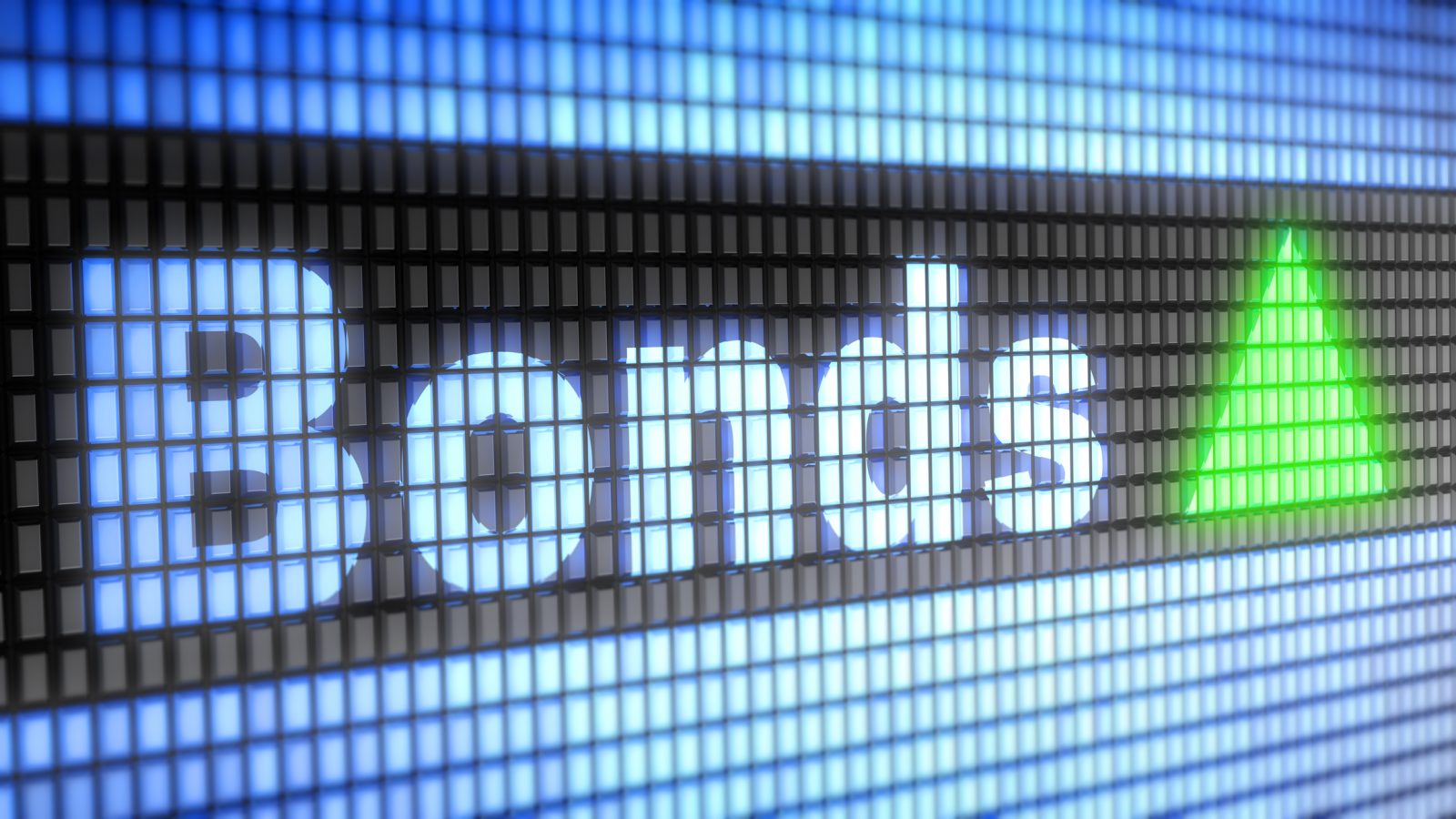(ATF) The China Bond 50, the flagship index, fell 0.09% on Thursday, along with the ATF ALLINDEX Corporates (-0.03%), Enterprise (-0.08%), and Financial (-0.03%). Meanwhile, the ATF ALLINDEX Local Governments closed flat at 116.98.
Within the China Bond 50 index, the biggest losses were seen in the bonds of China Huaneng Group (-0.24%), PetroChina (-1.57%), the Export-Import Bank of China (-0.45), Zhejiang Provincial Energy (-0.29%) and Shaanxi Nonferrous Metals (-1.4%). (The latter two were also the biggest drag on the ATF ALLINDEX Corporates.)
Meanwhile, Bank of Beijing, Huishang Bank and China Development Bank rose 0.1%, 0.2% and 0.18% respectively.
PetroChina and China Huaneng also feature in the ATF ALLINDEX Enterprise, and weighed on this gauge along with Zhuhai Da Heng Qin (-0.18%), Hefei Construction (-1.37%) and Nanjing State-Owned Assets (-0.11%).
READ MORE: US-China friction hammers sentiment, SMIC HK shares crash
Bank of Tianjin recorded the biggest fall in the ATF ALLINDEX Financial, followed by Bank of Communications (-0.08%), China Citic Bank (-0.04%), China Minsheng Bank (-0.04%) and Citic Securities (-0/03%).
On Thursday, China released Q2 GDP data indicating it grew 3.2% year-on-year, beating market consensus of a 2.5% expansion and emerging from a historic slump in the previous quarter when it contracted 6.8%.
The country has become the first major economy to report growth following the coronavirus pandemic due to the successful containment of COVID-19 and timely fiscal and monetary policy easing. However, despite steady improvements in industrial production, construction activity and infrastructure investments since early April, domestic consumption is far from a broad-based recovery, according to Helena Huang and Jinny Yan in a reasearch note from ICBC Standard.
READ MORE: China scrambles to issue bonds amid food shortages fear
June’s rise in retail sales growth was weaker than expected, rising modestly to -1.8% year-on-year from -2.8% in May, weaker than the market consensent of 0.5%. Meanwhile, auto sales growth dropped to -8.2% year-on-year from 3.5% in May, despite local government efforts to stimulate purchasing interest through consumption vouchers.
Weak recovery in consumption is a signal of possible problems ahead, noted the ICBC Standard economists.
“Broader demand-oriented policies will be needed given consumption remains the weakest link and is key to sustain the recovery momentum in H2 2020.”
Although the economic recovery is on course to continue into the second half, there are downside risks to consumption and overall growth, they said. Policy makers are increasingly worried about asset bubbles, as reported, and strict regulation to prevent speculative activities will mirror any monetary loosening. Meanwhile, ongoing COVID-10 restrictions in China’s key export destinations, as well as a resurgence in China-US tensions, present tough challenges to the country’s real implied growth objective (2%-4%) in 2020, said the economists.
























